Electrical Engineering
Building crystals on a very hot surface
An innovative chemical reactor for depositing semiconductors at very high temperatures draws on the strength of Saudi Arabia’s chemical industry.
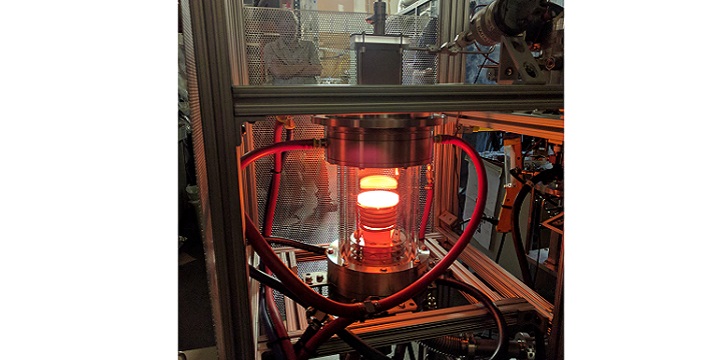
A chemical reactor that operates at extremely high temperatures is being developed by KAUST and could improve the efficiency and economy of a commonly used process in the semiconductor industry, with flow-on benefits for Saudi Arabia’s chemical industry.
The production of semiconductors relies on epitaxy: a process that creates high-quality single-crystal materials by depositing atoms on to a wafer layer by layer, controlling thickness with atomic precision.
The most common method of epitaxy is metalorganic chemical vapor deposition, or MOCVD. Pure vapors of organic molecules containing the desired atoms—for example, boron and nitrogen in the case of boron nitride—are injected into a reaction chamber. The molecules decompose on a heated wafer to leave the semiconductor’s atoms behind on the surface, which bond both to each other and the wafer to form a crystal layer.
Ph.D. student Kuang-Hui Li and a team led by Xiaohang Li at KAUST are developing an MOCVD reactor that can efficiently operate at extremely high temperatures to create high-quality boron nitride and aluminum nitride materials and devices particularly promising for flexible electronics, ultraviolet optoelectronics and power electronics.
The epitaxy of high-quality boron nitride and aluminum nitride have been a huge challenge for the conventional MOCVD process, which usually operates below 1200 degrees Celsius. Epitaxy of these materials responds best to temperatures over 1600 degrees Celsius; however, the most common resistant heaters are not reliable at these temperatures.
Although induction heaters can reach these temperatures, the heating efficiency of the conventional design is low. Because the wasted energy can overheat the gas inlet, it must be placed far away from the wafer, which is problematic for high-quality boron nitride and aluminum nitride due to particle generation and low utilization of organic molecules.
The KAUST team has developed an innovative and low-cost induction heating structure to solve these problems. “Our design can help greatly improve uniformity for up to 12-inch wafers and reduce particle generation, which is crucial for high-quality material and device fabrication,” says Kuang-Hui. “It also allows us to discover new materials”
The results show significant increase in heating efficiency and reduction in wasted energy. “This equipment research involves many disciplines and is highly complex. However, history has shown that equipment innovation is the key to scientific breakthroughs and industrial revolution,” says Xiaohang Li. “A goal of the research is to set up MOCVD manufacturing activities that can be integrated into the huge chemical industry of Saudi Arabia.”
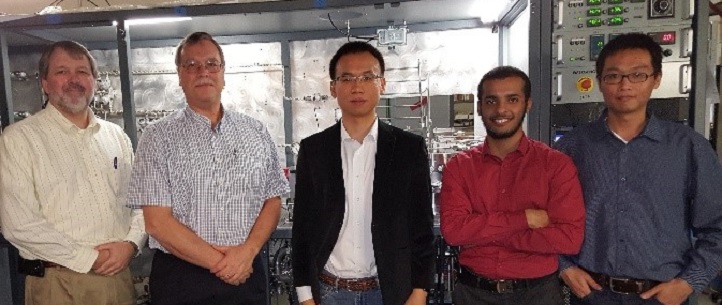
L-R: Gary Provost and Gary Tompa from Structural Materials Industries (SMI), Xiaohang Li (principal investigator), Hamad Alotaibi (undergraduate intern from King Fahd University of Petroleum and Minerals), and Kuang-Hui Li (first author) in front of a MOCVD prototype in a workshop at SMI.
© 2018 KAUST
References
- Li, K.-H., Alotaibi, H.S., Sun, H., Lin, R., Guo, W., Torres-Castanedo, C.G., Liu, K., Valdes-Galán, D. & Li, X. Induction-heating MOCVD reactor with significantly improved heating efficiency and reduced harmful magnetic coupling. Journal of Crystal Growth 488, 16-22 (2018).| article
You might also like
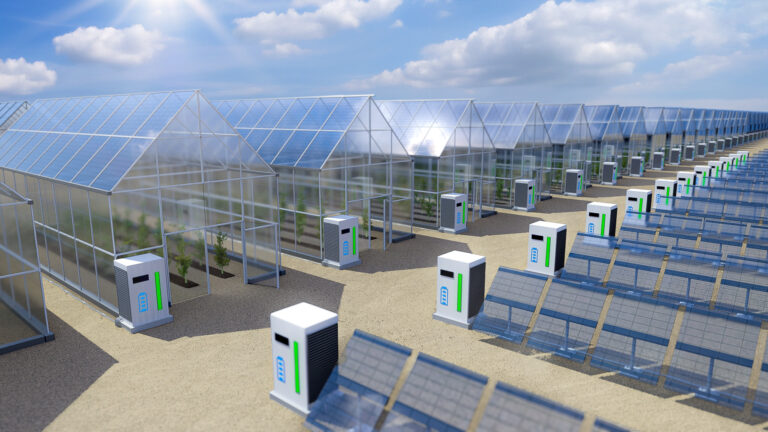
Electrical Engineering
A shade closer to more efficient organic photovoltaics
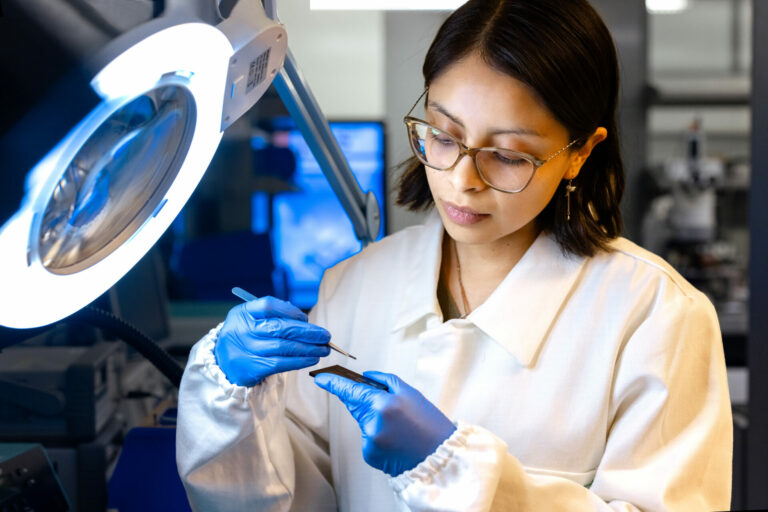
Bioengineering
Giving voice to the voiceless through assistive technology

Applied Mathematics and Computational Sciences
A simple solution for frequency sharing
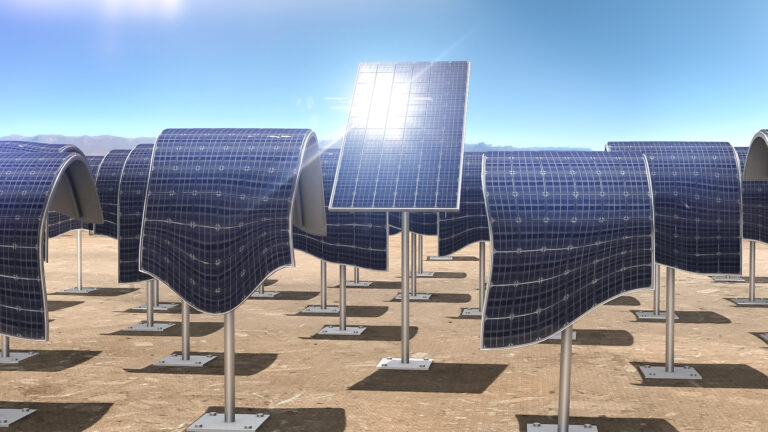
Electrical Engineering
Best thermal stability and efficiency in organic solar cells
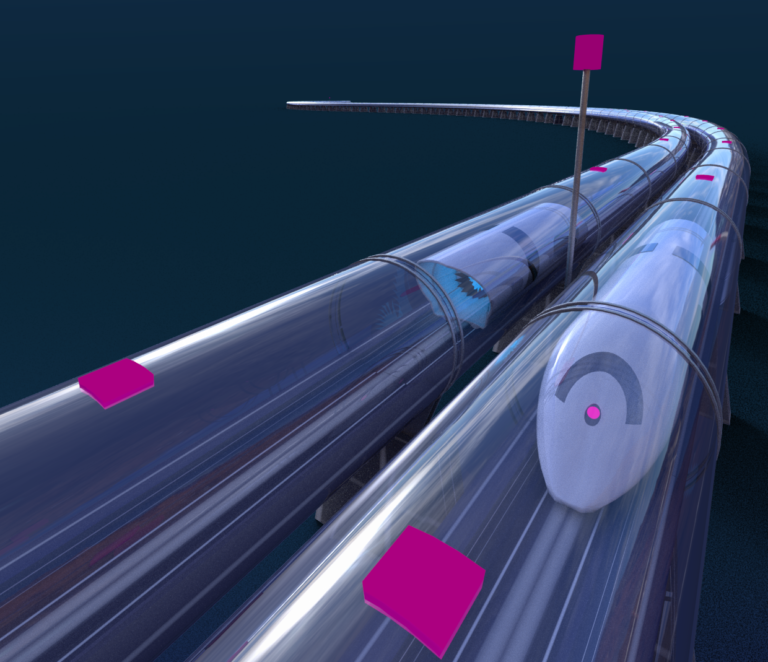
Applied Mathematics and Computational Sciences
Staying online in the high-speed tube of the future
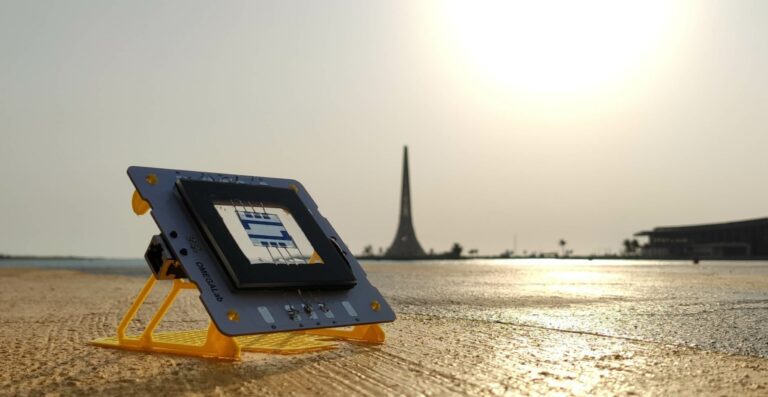
Electrical Engineering
Seeking stability to support sustainable outdoor solar cells

Computer Science
Outsmarting cyberattacks on microgrids
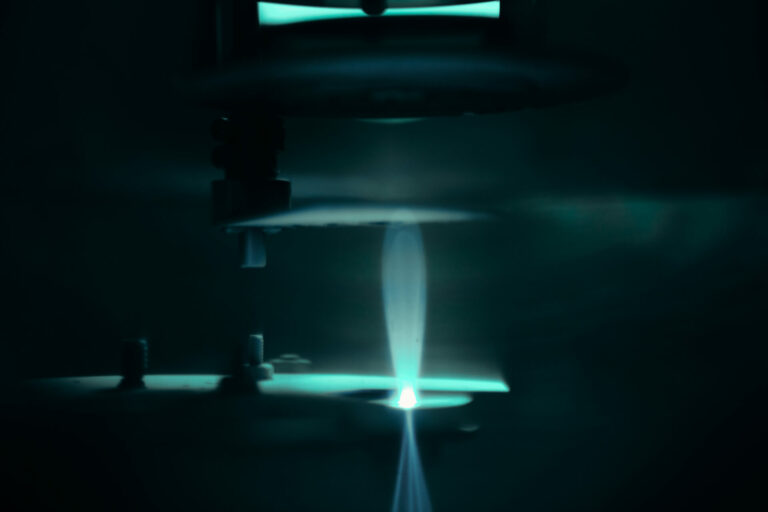
Applied Physics




